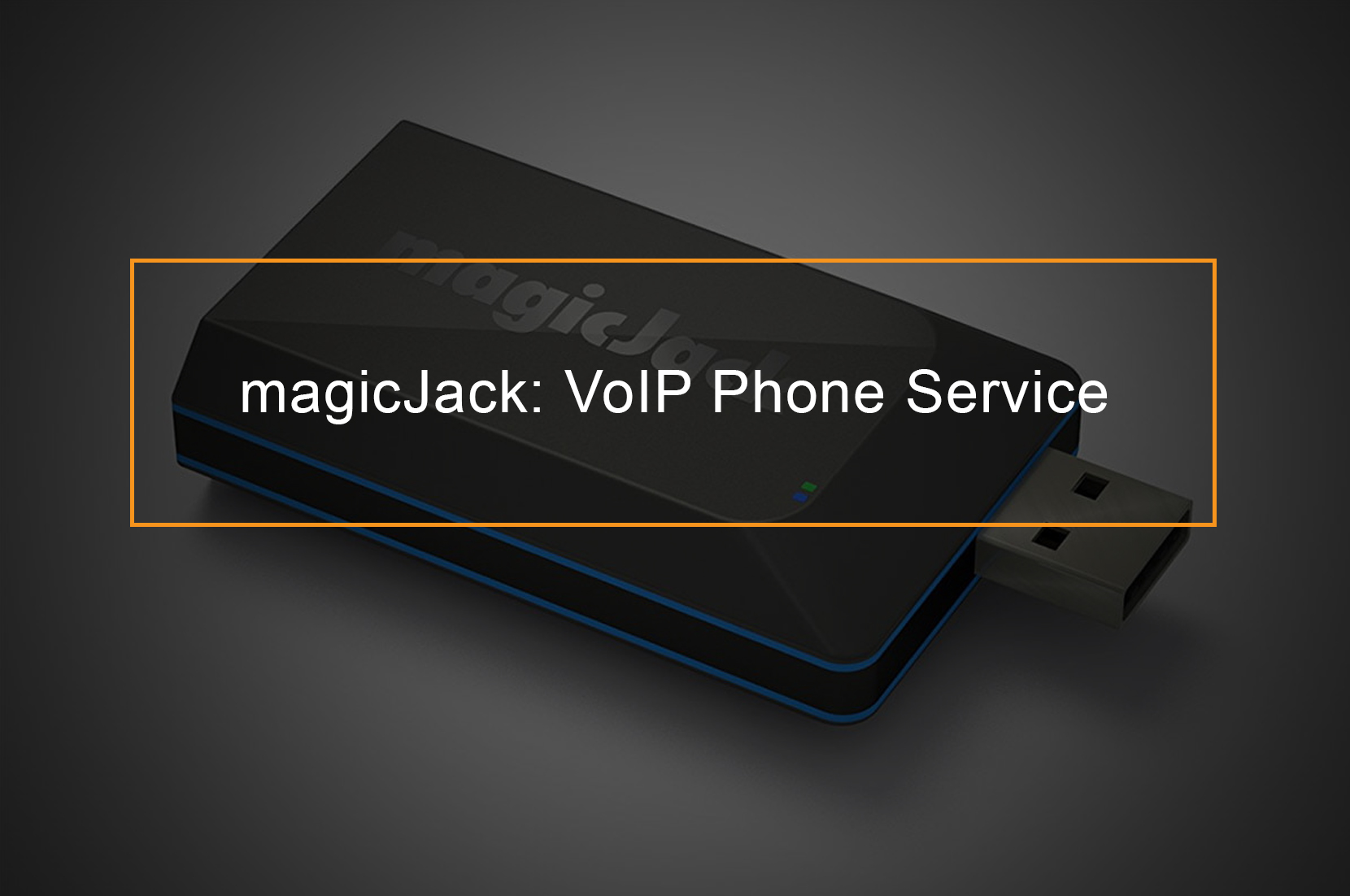What is Service Virtualization?
Service virtualization is a process/technique used to simulate the action/behavior of specific components in heterogeneous component-based applications, for example, API-driven applications, service-oriented architectures, and cloud-based applications. When virtualization is used DevOps teams do not use production services, they use virtual services.
Table of Content
- The utility service virtualization.
- Service virtualization software.
- Best service virtualization tools.
- Conclusion.
Use of Service Virtualization
- You can test Live environments before you have served in them.
- Slashed delays caused by third-party services.
- Mocks can be delivered to customers.
- You support test-driven development (such as creating service tests in advance).
- Teams are able to work in parallel.
- You can write the test for the resource that is not accessible.
- Do POC (proof of concept) or demos quickly.
- It helps you save time and money.
- Provides you with an isolated environment for performance testing.

Service Virtualization Software
Often, all the service virtualization tools are commercial and licensed ones. However, they have excellent services mocking tools available in open source tools. When we say ‘mocking,’ you should understand the slight difference between mocking and virtualization. Hence, we will highlight the differences between the two.
Generally, stubs/mocks are employed to “skip” unavailable system features. On the other hand, service virtualization lets the team members simulate environments (or specific features of a software system) and get the behavior accessible to the entire group. Hence, Service virtualization may signify much more realistic behavior when compared to simple stubs and mocks.
Best Service Virtualization Tools

1) ReadyAPI Virtualization
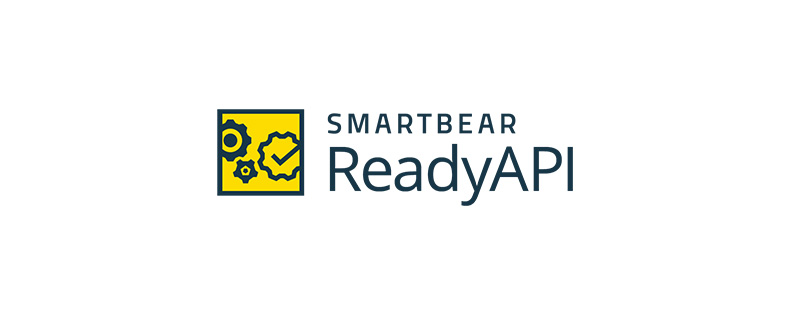
ReadyAPI Virtualization is an example of the tools of SmartBear ReadyAPI. ReadyAPI has various tools for an API test. It will offer the features for API Mocking with Service Virtualization. And also has high-performance routing capabilities that are used to record traffic as a mock and perform fault isolation. Virtual Services are sometimes created from API definition, or you can opt into recording and using the existing service. This offers you the functionalities for managing & generating mock data and sharing & deploying virtual services. ReadyAPI Virtualization will provide you with complete flexibility in configuring specific behaviors. You can set error conditions, bandwidth constraints, and response time.
| Pros: | Drawbacks: |
|
|
2) CA Service Virtualization (CA LISA)
 CA LISA is a commercial product provided by ITKO, a CA Technologies company. Service virtualization simulates the missing, unavailable, or costly components of a software system across the SDLC. Thereby enabling development, testing, and all the other departments to work in parallel, which speeds up the application delivery, continuously improves quality, cuts down the time to market, and reduces the overall cost & risk. It allows you to test and validate anything at any phase in the development lifecycle. You can find and fix errors quickly, long before you get to production. As per the feedback from its actual users, this is the best and topmost tool for service virtualization. It results in a 96% drop in the systems wait time, 35% fewer errors during production, and 50% faster delivery. This tool’s licensing and pricing are costly compared with other similar devices.
CA LISA is a commercial product provided by ITKO, a CA Technologies company. Service virtualization simulates the missing, unavailable, or costly components of a software system across the SDLC. Thereby enabling development, testing, and all the other departments to work in parallel, which speeds up the application delivery, continuously improves quality, cuts down the time to market, and reduces the overall cost & risk. It allows you to test and validate anything at any phase in the development lifecycle. You can find and fix errors quickly, long before you get to production. As per the feedback from its actual users, this is the best and topmost tool for service virtualization. It results in a 96% drop in the systems wait time, 35% fewer errors during production, and 50% faster delivery. This tool’s licensing and pricing are costly compared with other similar devices.
| Benefits: | Cons: |
|
|
3) Micro Focus Service Virtualization
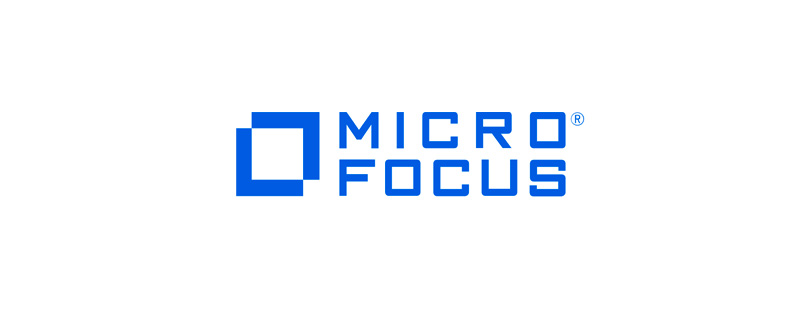
Micro Focus service virtualization (HP Service Virtualization) is a commercial tool. This application (also a mobile application) and data simulation software empowers the development and exploratory testing groups to imitate a service’s behavior so that the delivery does have an impact in case it has no access to the production systems. The mock virtualization feature available on this tool makes the development more agile. It also reduces the dependency on the environment, thus saving a lot of costs for the organization. The long-term ROI of this product is very good. This product is worth having when you have a lot of web services you need to test. Using the server version might also end up costing you less.
| Pros: | Cons: |
|
|
Kindly note that Hewlett Packard Enterprise Software is currently part of MicroFocus. So, be careful not to confuse Micro Focus Service Virtual and HPE Service Virtualization as different tools. They are the same thing.
4) IBM Green Hat/IBM Rational Test Virtualization Server
With Green hat (aka RTVS), you are equipped with a more thoughtful way of testing your software. It enables you to create virtual services for the parts of the system which are neither available nor developed yet. You are able to start the testing process with the virtual services and monitor the results on the dashboard. To ensure realistic data during API testing is ongoing, it extracts the production data, which is used for testing. It supports integration tests and automated performance tests. Thus, defects can be found earlier and are fixed quickly. The RTVS tool is provided in a package with IBM Rational Test Workbench. An enormous global investment banker had seen their software testing go from 11 days to 13.3 hours when they used IBM RTVS. Clients who utilize IBM RTVS could improve productivity by 200%. It is not that costly in comparison with the other top commercial tools for service virtualization.
| Benefits: | Drawbacks: |
|
|
5) Tricentis TOSCA Orchestrated Service Virtualization
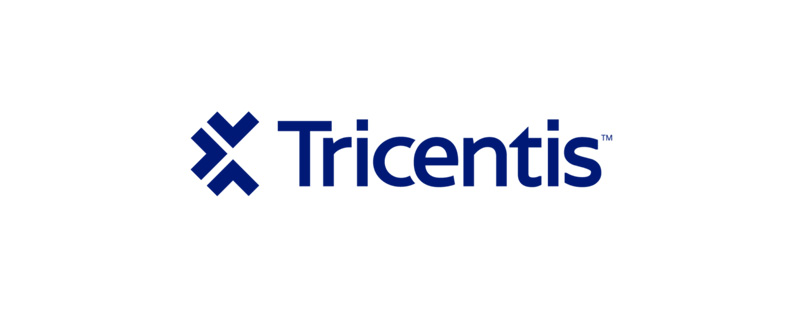 The TOSCA suite’s Orchestrated Service Virtualization (OSV) is a product designed by an Austrian company, Tricentis, which aids in evening out access to the dependent systems to facilitate the execution of performance tests reliably, ultimately, and continuously. This tool aids your business in avoiding testing delays and reducing testing costs. You are also able to simulate the interactions required for testing. It can learn the expected interactions automatically by listening to the conversations between AUT and its constrained dependencies. It provides a test-driven service virtualization solution and has automated message validation. This tool is perfect for independent software tests from the available sub-systems. Several of the leading companies globally have achieved 90%+ test automation rates by using this TOSCA suite.
The TOSCA suite’s Orchestrated Service Virtualization (OSV) is a product designed by an Austrian company, Tricentis, which aids in evening out access to the dependent systems to facilitate the execution of performance tests reliably, ultimately, and continuously. This tool aids your business in avoiding testing delays and reducing testing costs. You are also able to simulate the interactions required for testing. It can learn the expected interactions automatically by listening to the conversations between AUT and its constrained dependencies. It provides a test-driven service virtualization solution and has automated message validation. This tool is perfect for independent software tests from the available sub-systems. Several of the leading companies globally have achieved 90%+ test automation rates by using this TOSCA suite.
| Benefits: | Disadvantages: |
|
|
6) Soap UI
 SoapUI by Smartbear is one of the world’s most famous and handy open-source API testing tools for SOAP and REST APIs. SoapUI pro enables SOAP Service Mocking, which creates a replica of the environment that works like the environment you’re replicating”. This is helpful when you can’t use honest service. SOAPUI Mock Services are beneficial for scenarios like rapid web services prototyping, client testing or development, and TDD(test-driven development). It can help the development teams to mock Web services quickly.
SoapUI by Smartbear is one of the world’s most famous and handy open-source API testing tools for SOAP and REST APIs. SoapUI pro enables SOAP Service Mocking, which creates a replica of the environment that works like the environment you’re replicating”. This is helpful when you can’t use honest service. SOAPUI Mock Services are beneficial for scenarios like rapid web services prototyping, client testing or development, and TDD(test-driven development). It can help the development teams to mock Web services quickly.
| Pros: | Cons: |
|
|
7) Parasoft Virtualize
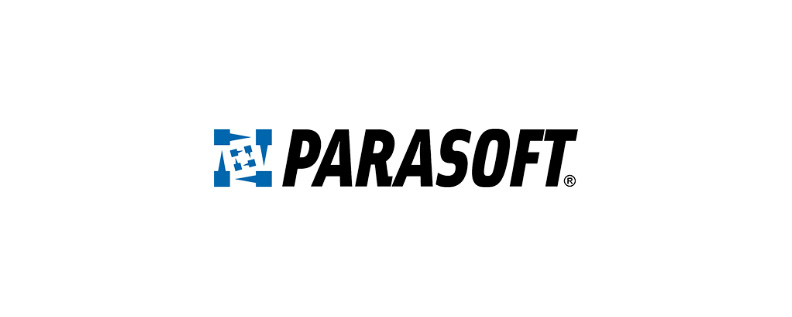
Parasoft Virtualize is a service virtualization product that can build, deploy, and manage duplicated test environments to aid in software testing and software development. These environments are able to imitate the behavior of dependent resources that are inaccessible, unavailable, or hard to configure for functional testing or development. Parasoft Virtualize duplicates the behavior of dependent resources such as databases, mainframes, web services, third-party information systems, ERP systems, or any other systems that are out of the direct reach of a developer or tester. This product is utilized in combination with hardware/OS virtualization in order to make the required resources available to testers and developers so that they can execute their tasks earlier, better, and quicker. The product’s technologies for automating continuous testing are used for continuous delivery, continuous-release, and continuous integration. The price involved in the initial setup of this tool is a bit high. However, it is easy to create, deploy, maintain, and manage complex virtual assets, it turns out to be a very cost-efficient one in the long term. Clients utilizing this tool have experienced that their SDLC gets speed up significantly, which, in turn, helps to deliver things promptly to the testing team. Creates the most efficient workflows.
| Advantages: | Disadvantages: |
|
|
8) Traffic Parrot for Microservices
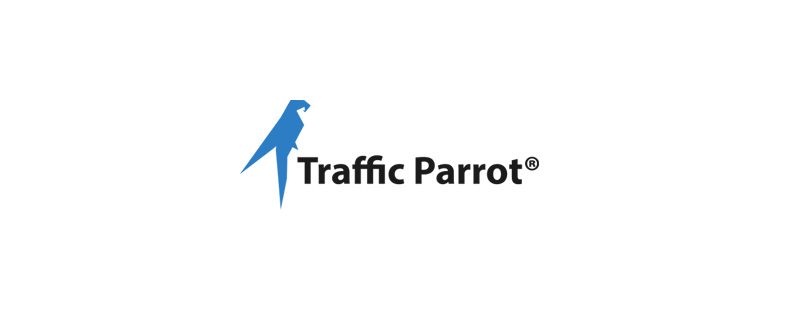 At Traffic Parrot, you get help targeted towards teams working with microservices that accelerate delivery, reduce time-to-market, and improve quality by providing a tool for API mocks and service virtualization. Improve quality, accelerate delivery, and reduce time-to-market.
At Traffic Parrot, you get help targeted towards teams working with microservices that accelerate delivery, reduce time-to-market, and improve quality by providing a tool for API mocks and service virtualization. Improve quality, accelerate delivery, and reduce time-to-market.
Traffic Parrot can aid you with delivering your microservices:
- Make automated builds run faster
- Easier and faster to reproduce production bugs
- Speed up setting up test data
- Unblocking testers and developers waiting for APIs
- You can eliminate the need for scheduling time in environments
- Make your performance tests more reliable
- Reduce third-party transaction costs
- Enables you to conduct file transfers.
Traffic Parrot is an API mocking and service virtualization tool. It is used to simulate APIs and services to enable you to test your microservice without having to worry over the test data set up or environment availability.
9) Citrus Framework
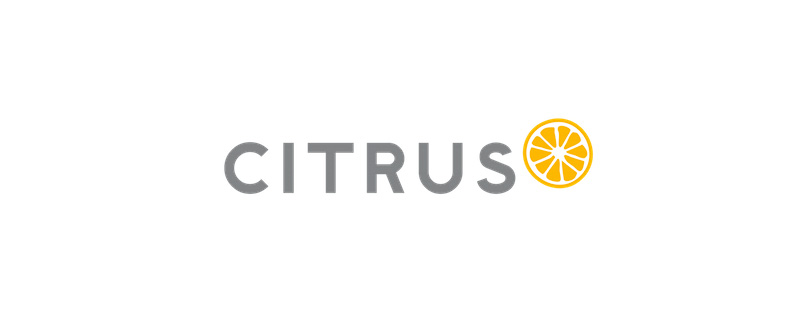 Citrus is using service virtualization open-source tool. It’s free. It offers to tool for complex integration tests with immense validation capabilities for XML, JSON, and plain text. Throughout the test executions, Citrus can act on both sides as a client and server, emulating the request/response messages.
Citrus is using service virtualization open-source tool. It’s free. It offers to tool for complex integration tests with immense validation capabilities for XML, JSON, and plain text. Throughout the test executions, Citrus can act on both sides as a client and server, emulating the request/response messages.
10) Hoverfly Service Virtualization
 Hoverfly cloud by SpectoLabs is a very, super quickly, lightweight, and easy-to-use open-source service virtualization/API simulation tools intended for developers and testers. It is suitable for modern microservice development.
Hoverfly cloud by SpectoLabs is a very, super quickly, lightweight, and easy-to-use open-source service virtualization/API simulation tools intended for developers and testers. It is suitable for modern microservice development.
11) Wiremock
 WireMock is an open-source service virtualization tool, and it emulates HTTP-based APIs. It empowers you to remain productive if an API you rely on doesn’t exist or isn’t complete. It enables testing of edge cases and failure modes that the real API would not consistently produce, and as it is quick, it cuts your build time from hours down to minutes. Wiremock has also introduced MockLab, a hosted API mocking service built on WireMock. MockLab is a paid tool.
WireMock is an open-source service virtualization tool, and it emulates HTTP-based APIs. It empowers you to remain productive if an API you rely on doesn’t exist or isn’t complete. It enables testing of edge cases and failure modes that the real API would not consistently produce, and as it is quick, it cuts your build time from hours down to minutes. Wiremock has also introduced MockLab, a hosted API mocking service built on WireMock. MockLab is a paid tool.
12) Mockito
 Mockito is a prevalent open-source mocking framework for unit tests written in Java.
Mockito is a prevalent open-source mocking framework for unit tests written in Java.
13) Mockey
Mockey is designed by Clafonta, is a tool that can test application interactions over HTTP. It is mainly helping you to test web services, particularly web or native applications which use XML, JSON, and HTML. Mockey acts like a primary front end to scripting mock-test-responses to the file system, which is meant for persistence to git.
14) Wilma
 Wilma is an open-source Service virtualization tool utilized for software development and testing. This tool consists of a transparent proxy and service stub. It lies between software services, software components, micro-services as a transparent proxy and traps the communication traffic between the components. This tool is written in Java.
Wilma is an open-source Service virtualization tool utilized for software development and testing. This tool consists of a transparent proxy and service stub. It lies between software services, software components, micro-services as a transparent proxy and traps the communication traffic between the components. This tool is written in Java.
15) Nagual
This is an open-source HTTP(S) traffic simulator tool that can mimic responses from any backend APIs and third party services that are outside of your control.
16) Telerik JustMock
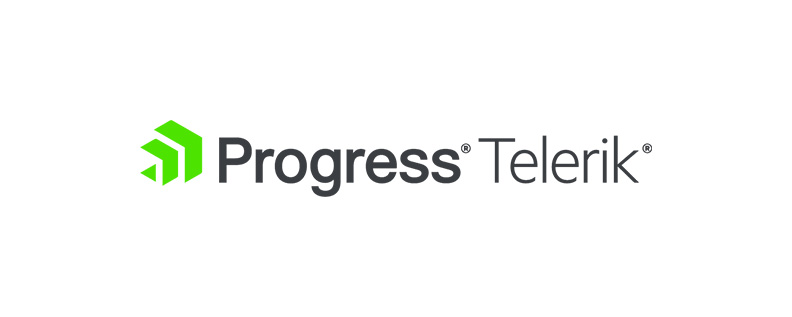 It is a commercial tool that is fast, flexible, and has a feature-rich mocking framework that simplifies unit testing. This tool’s fully profiled auto mocking feature allows the unit tests to be more stable. JustMock is easily integrated with Visual Studio and some other devices as well.
It is a commercial tool that is fast, flexible, and has a feature-rich mocking framework that simplifies unit testing. This tool’s fully profiled auto mocking feature allows the unit tests to be more stable. JustMock is easily integrated with Visual Studio and some other devices as well.
17) Sandbox
Sandbox is a commercial tool. It is able to fast-track the application development as you can quickly and easily mock up RESTful API and SOAP web services.
18) Mountebank
 Mountebank is an open-source tool that facilitates multi-platform, multi-protocol tests and doubles over the wire. All one needs to do is simply point your AUT to Mountebank as a replacement for the actual dependency and test similar to what you would do using traditional stubs and mocks.
Mountebank is an open-source tool that facilitates multi-platform, multi-protocol tests and doubles over the wire. All one needs to do is simply point your AUT to Mountebank as a replacement for the actual dependency and test similar to what you would do using traditional stubs and mocks.
19) Xen
Xen is an open-source standard for hardware virtualization.
20) Charles Proxy
This is a web debugging proxy application for Windows, macOS, and Linux. Charles Proxy is a paid tool.
21) Stubmatic
Submatic is a stub server that can mock the behavior of HTTP(s), REST, or SOAP services. It gives you a fast and straightforward way to create simulations. Stubmatic is an open-source tool.
Conclusion
We have discussed the various service virtualization tools. Note that the ROI of each device depends upon your company/technical requirements and strategy employed. So, you need to opt for the apt tool wisely after defining your requirements clearly. You want to have a competitive advantage.
Also, most commercial tools provide different editions based on the fact that you are an individual user, a small-sized company/enterprise, or a big company/enterprise. Therefore, the company size would be one of the essential factors to consider while choosing the special edition of the tool.






